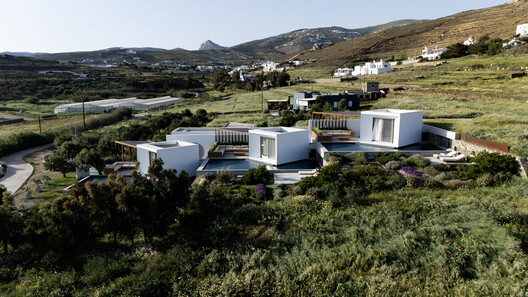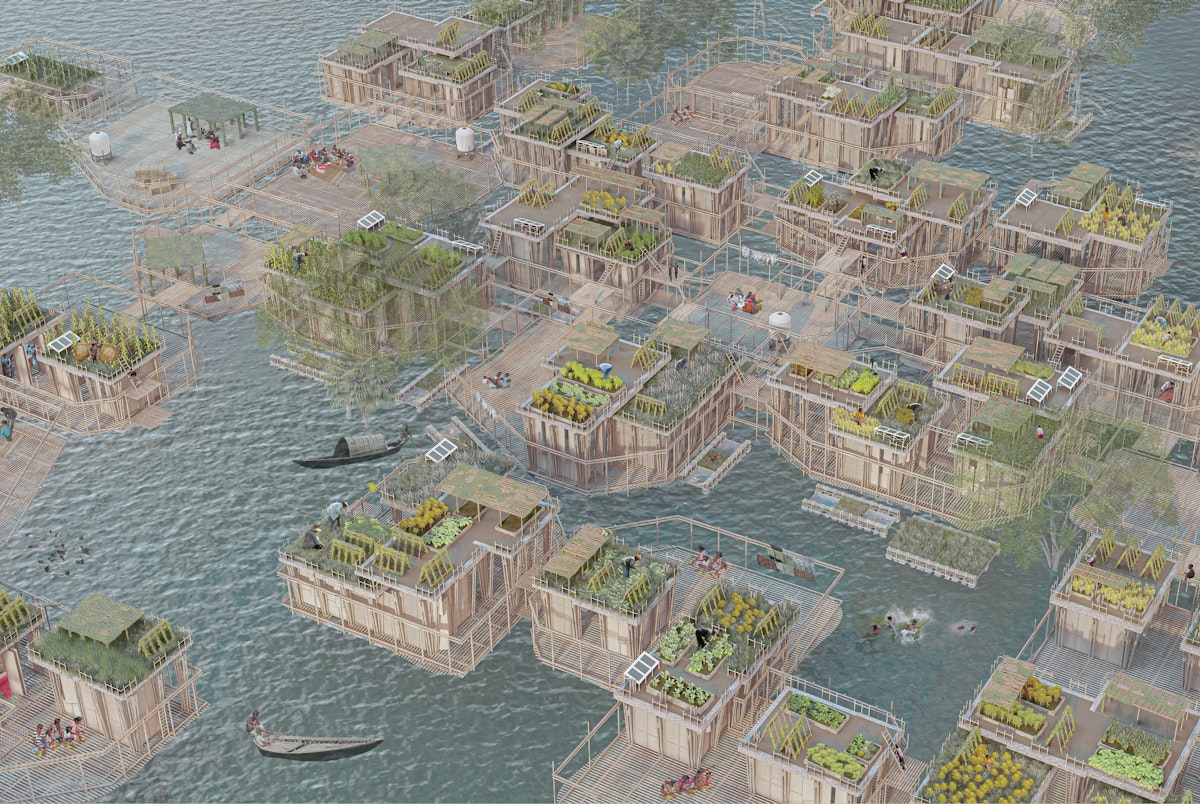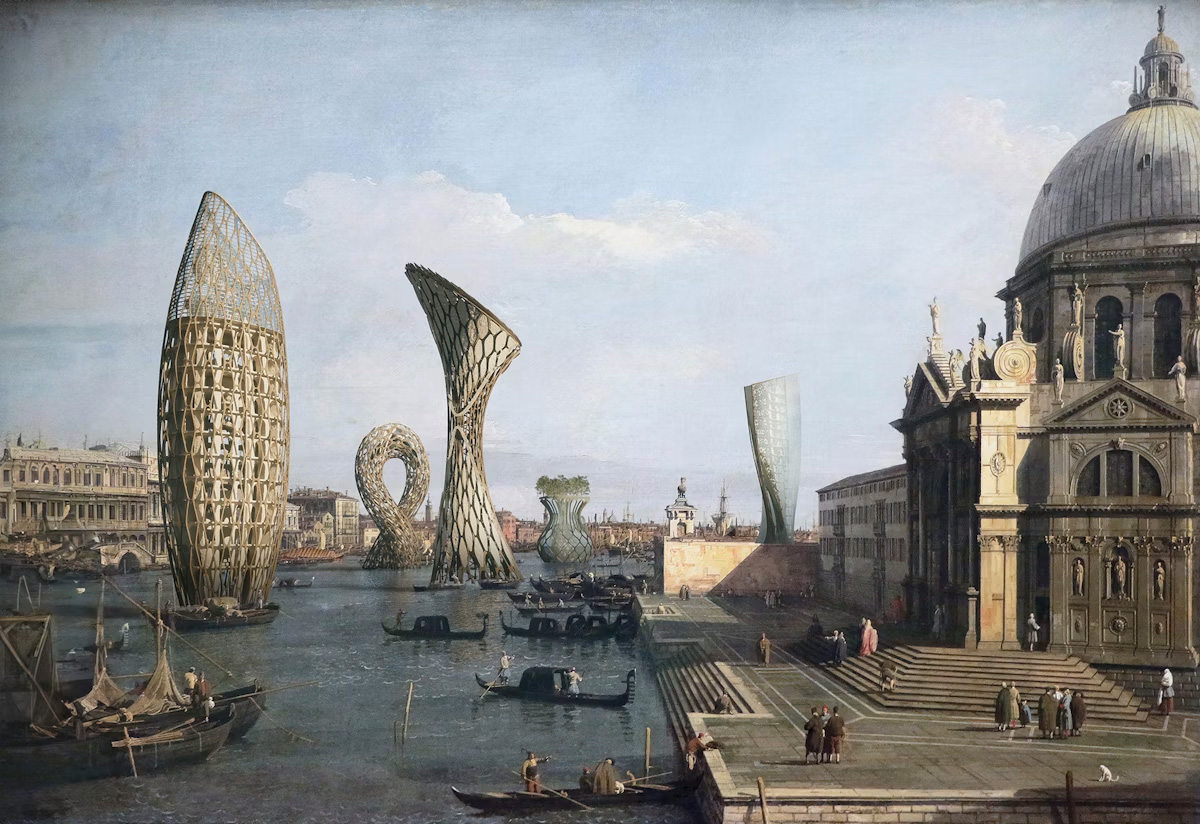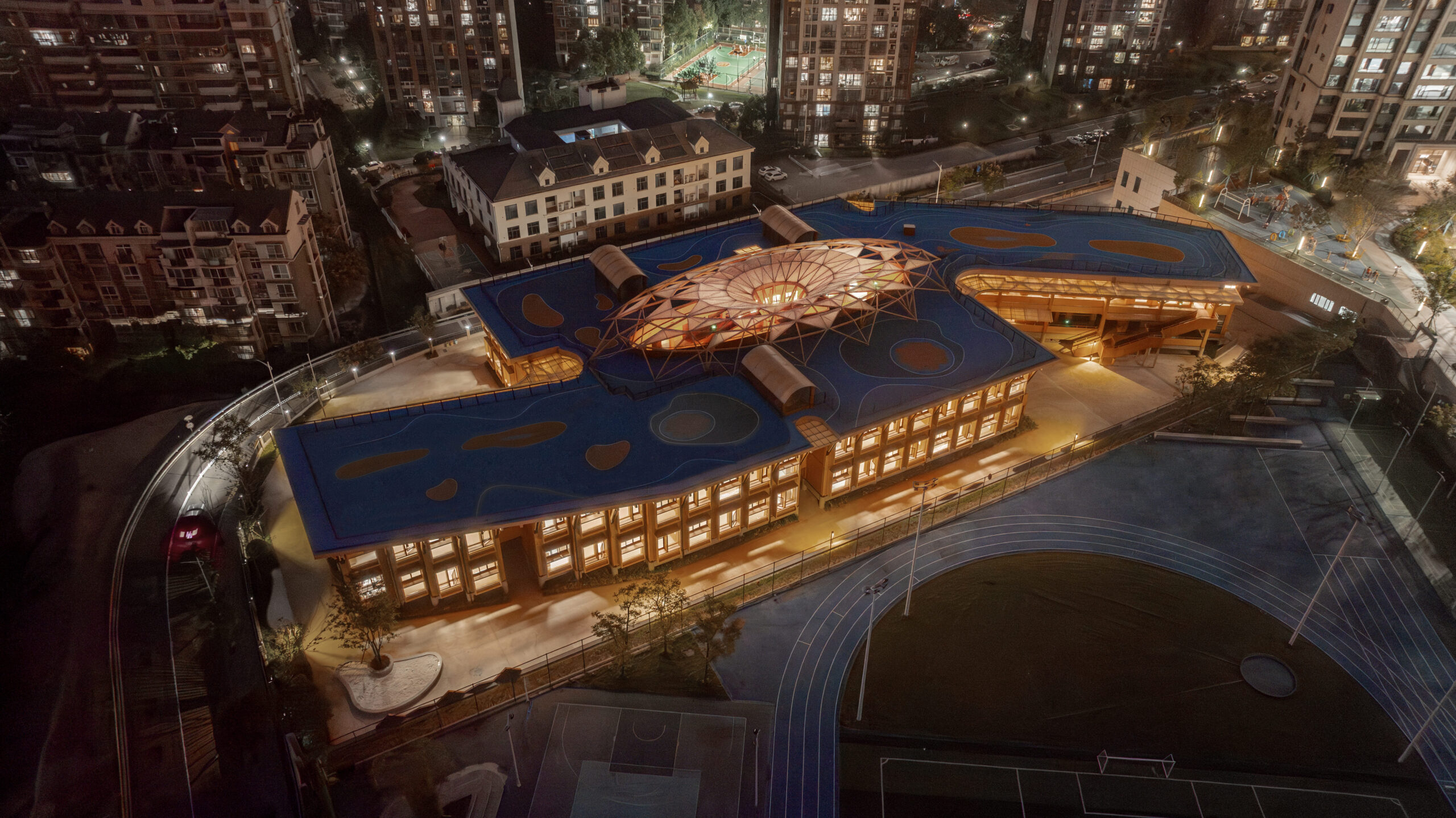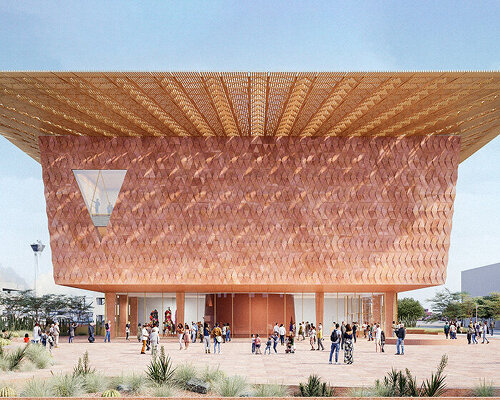Twisting slate roof tops coastal Latvian home by Made


A curving slate roof intended to evoke a sand dune tops The Pāvilosta House, an annexe to a home on Latvia's western coast by local architecture studio Made.
Named The Pāvilosta House after the town in which it is located, the 300-square-metre annexe is designed for the owner of the home opposite, who desired a larger gathering space and additional guest bedrooms.

The client's wish for the home to evoke its coastal setting informed Made's design, which took the barn-like volume of the town's typical dwellings and introduced subtle curves and twists, mimicking the area's sand dunes shaped by coastal winds.
"Pāvilosta, a coastal town in Latvia, is a unique place where the wild sea meets the historic town structure and its long-established traditions," said Made partner Linda Krūmiņa.

"We felt strongly that any new architecture should respect the scale of the existing buildings, while at the same time responding to the client’s vision to incorporate the feeling of the sea, wind, dunes, and waves," Krūmiņa told Dezeen.
"It would seem that wind and water have shaped the geometry of the house, just as they eternally shape and transform the Pāvilosta dunes."

The form of The Pāvilosta House begins as a narrower, gabled volume to the west, which curves around the corner of the plot to form a wider, curved mono-pitched volume to the north.
Positioned on concrete foundations, the annexe was constructed from a glue-laminated timber (glulam) frame infilled with panels of cross-laminated timber (CLT), which has been left exposed throughout to define the interiors and emphasise its changing geometry.
Four guest bedrooms occupy the annexe's narrower end, while the large living, dining and kitchen space is positioned within its curved centre, with full-height sliding glass doors opening onto a garden that separates it from the original home.
The pale, exposed timber interior is contrasted by charred and black-timber surfaces in the kitchen and bedrooms, as well as by dark stone floors.

On its exterior, The Pāvilosta House has been clad with narrow timber planks, with the curving roof clad entirely in natural slate shingles. These were chosen for the way they reflect the sunlight as it "twists".
"There were countless modelling iterations to capture the right movement - one that resonated with the site, context, and program," Krūmiņa said.
"This twist constantly changes when viewed from different angles and in different light, continuously reminding us how emotionally rich such a twisted geometry can be," she added.

A large porthole window in the home's eastern side brings morning light into the living space, beginning with a motif of circular openings that continues throughout the home, including in the westernmost bedroom.
Elsewhere in Latvia, a barn-like volume also formed the basis of Comet House in Riga by local studio Gaiss, which was finished with red-painted timber cladding and topped by a corrugated white roof.
The photography is by Jānis Vēveris.
The post Twisting slate roof tops coastal Latvian home by Made appeared first on Dezeen.














